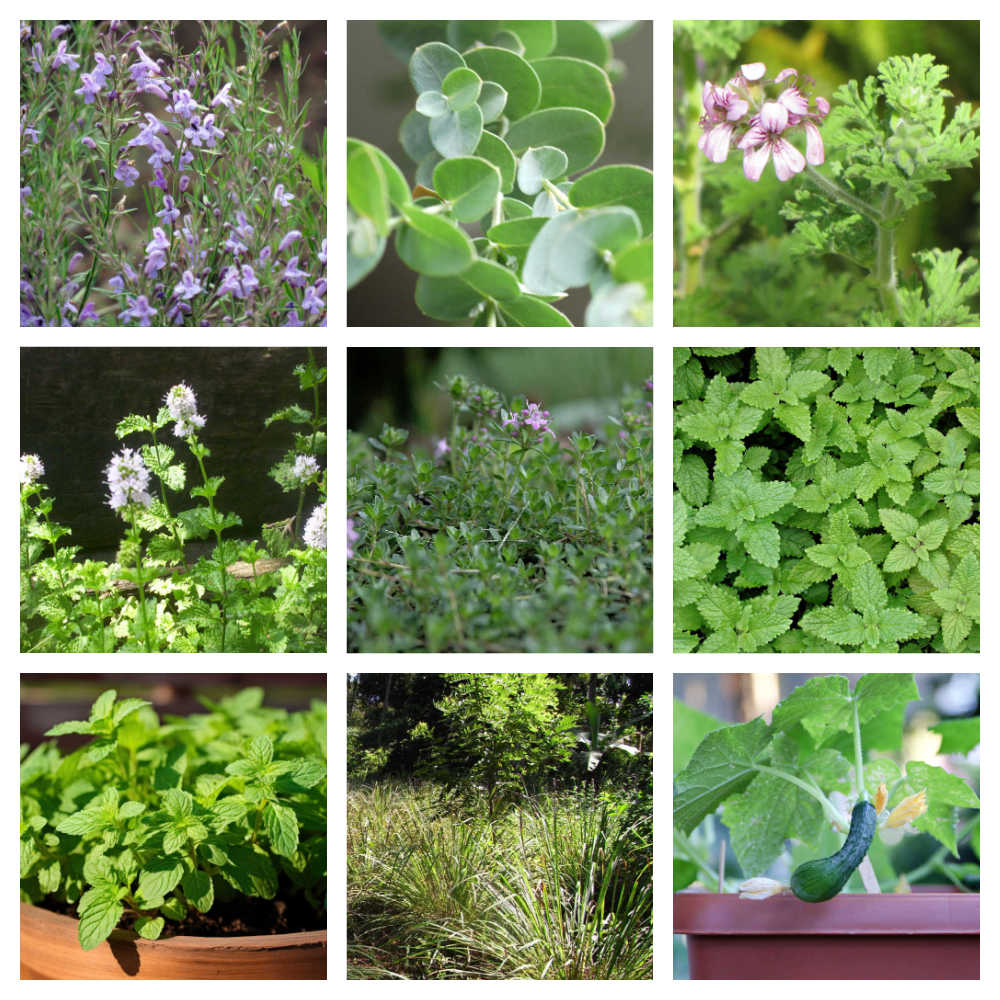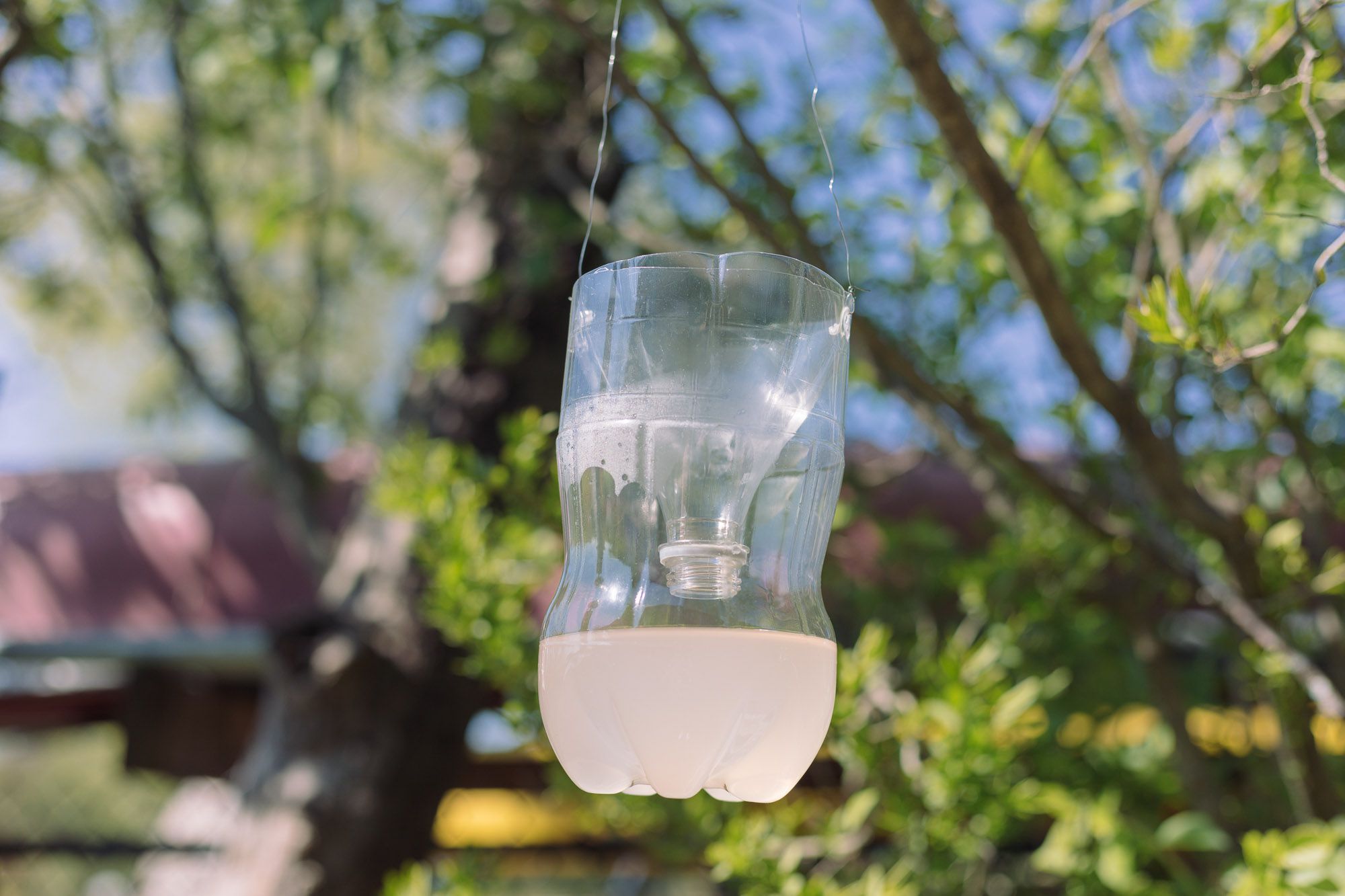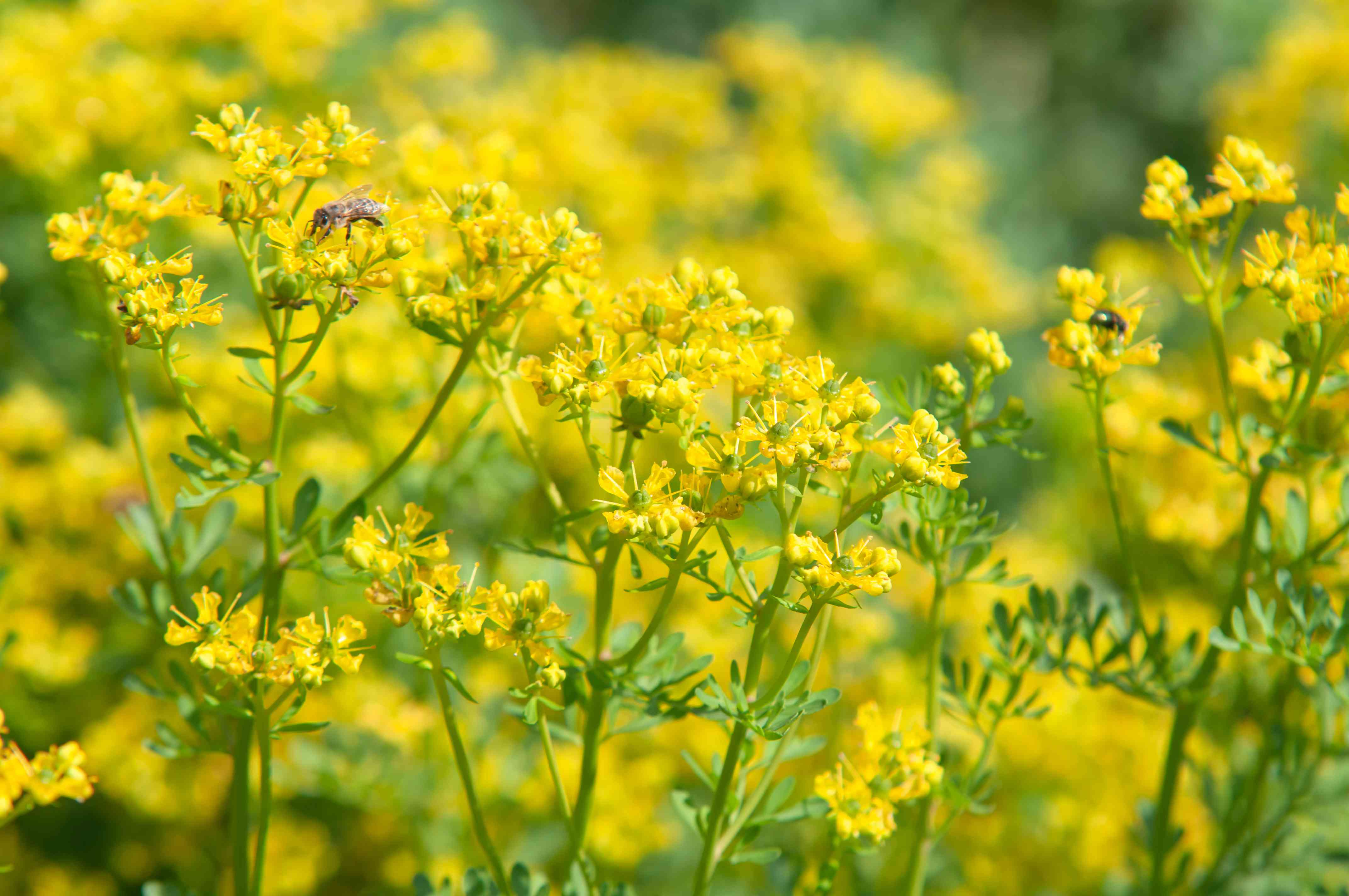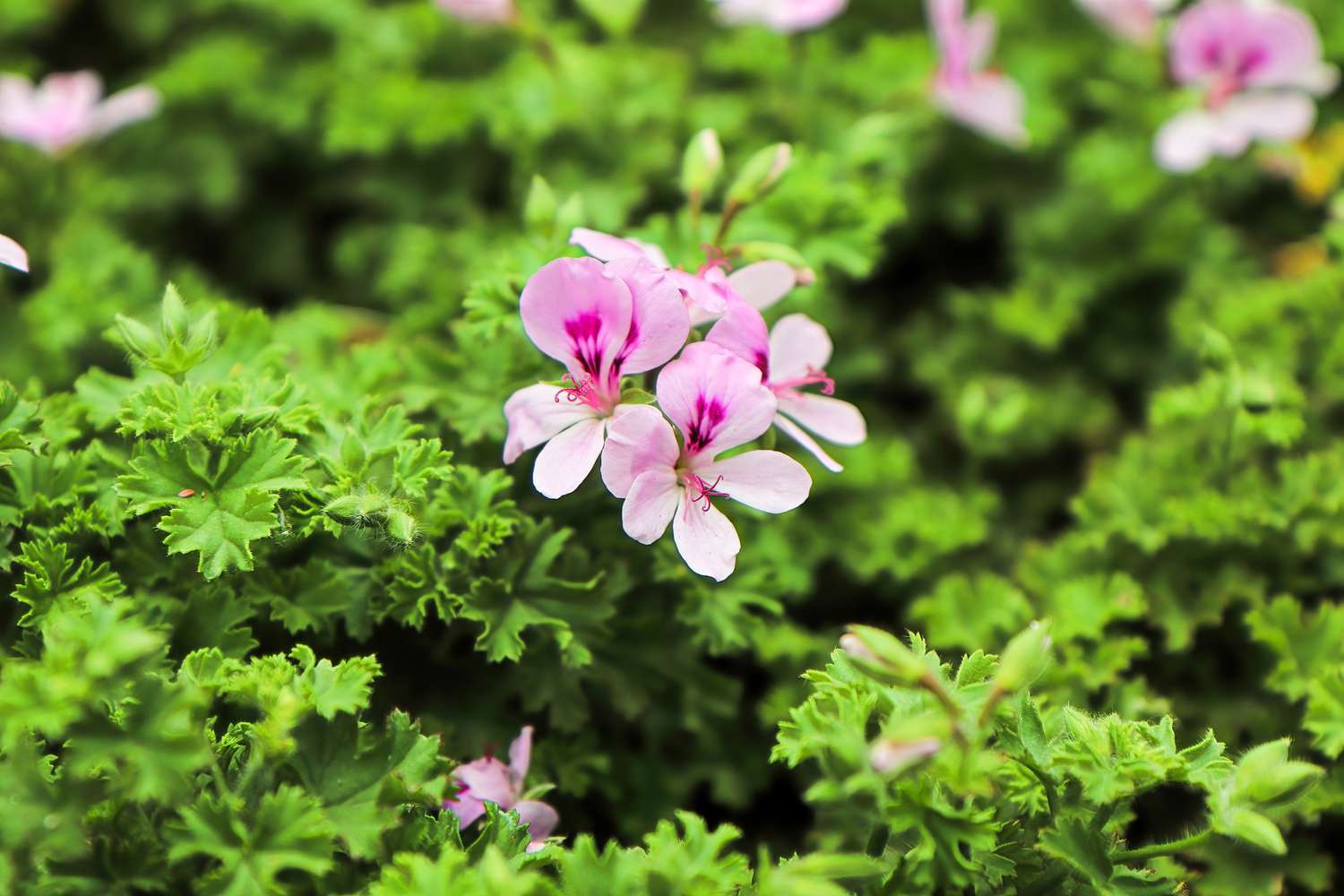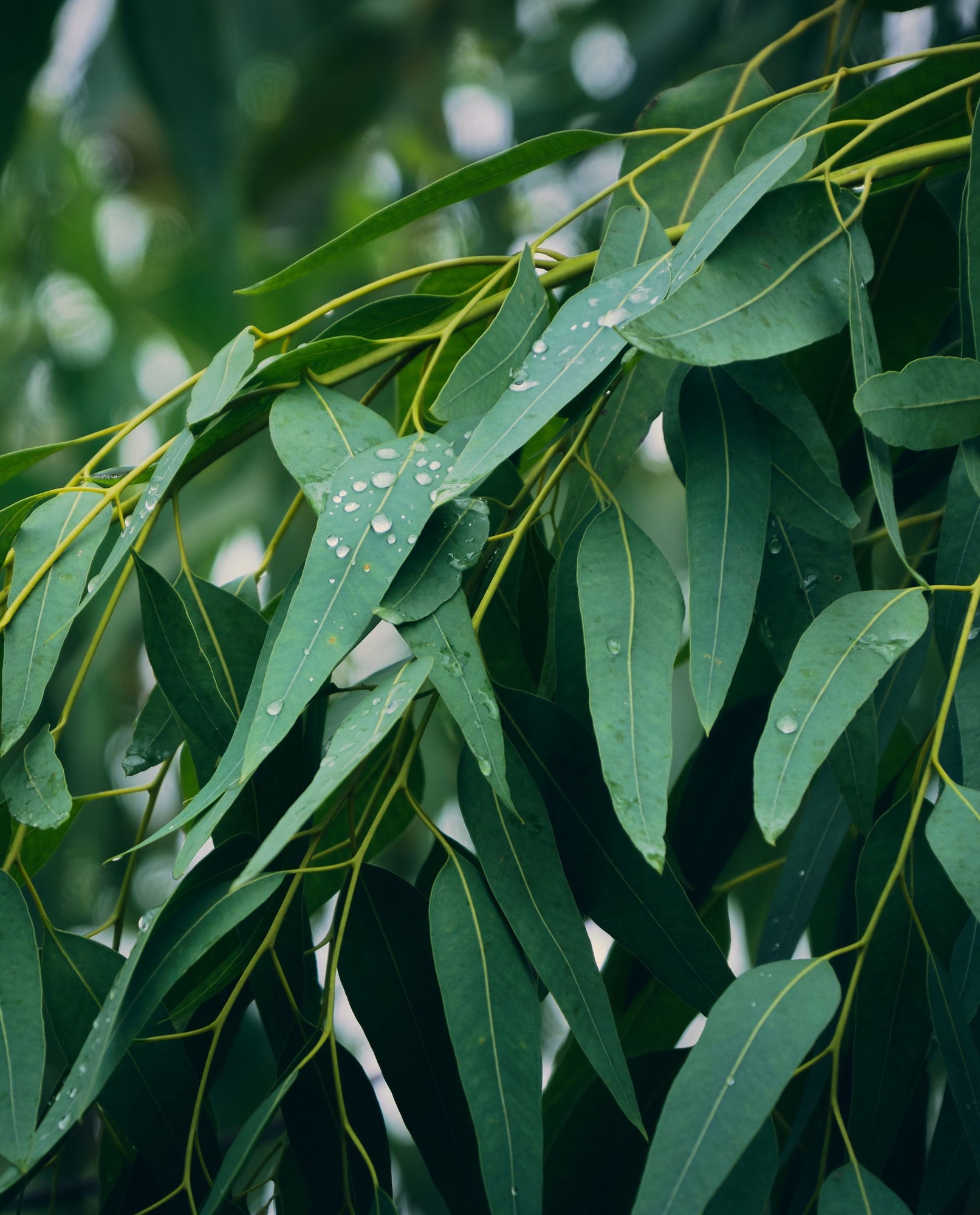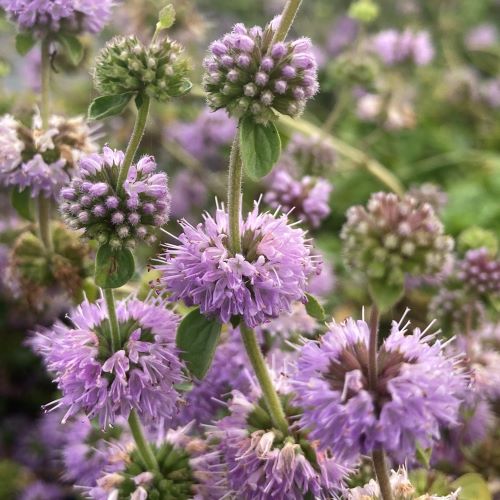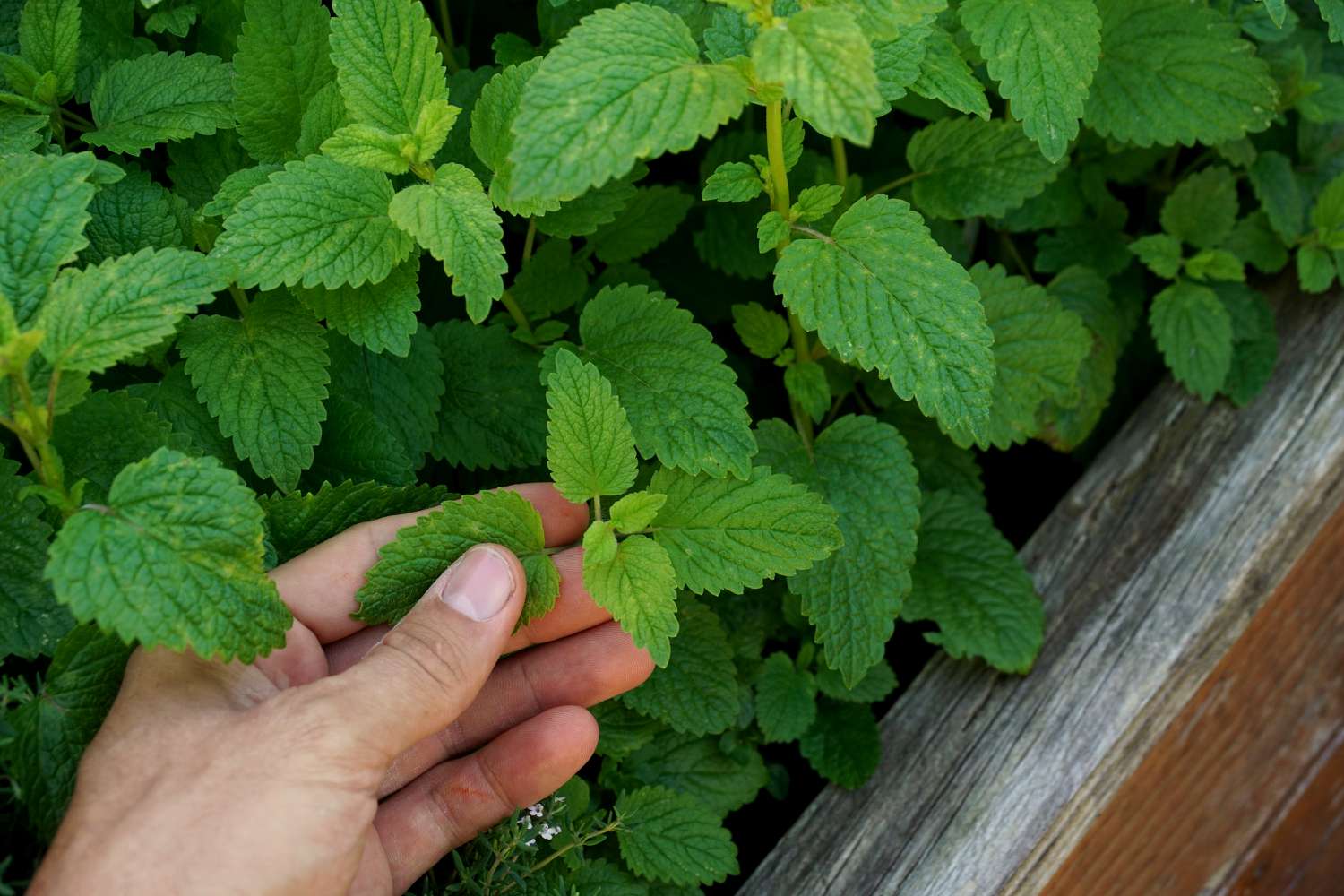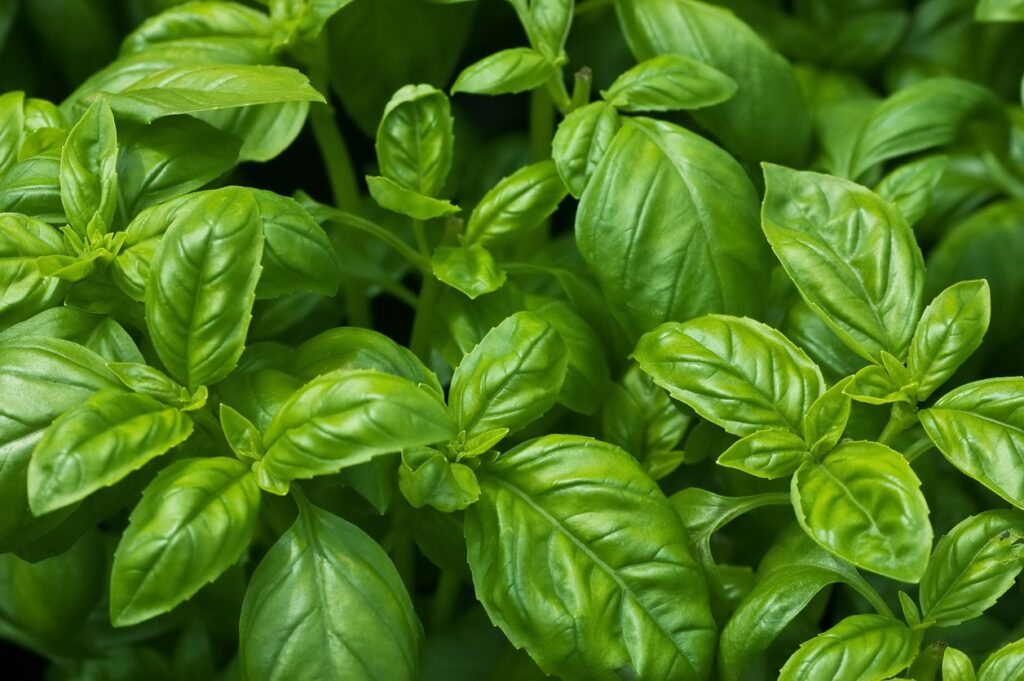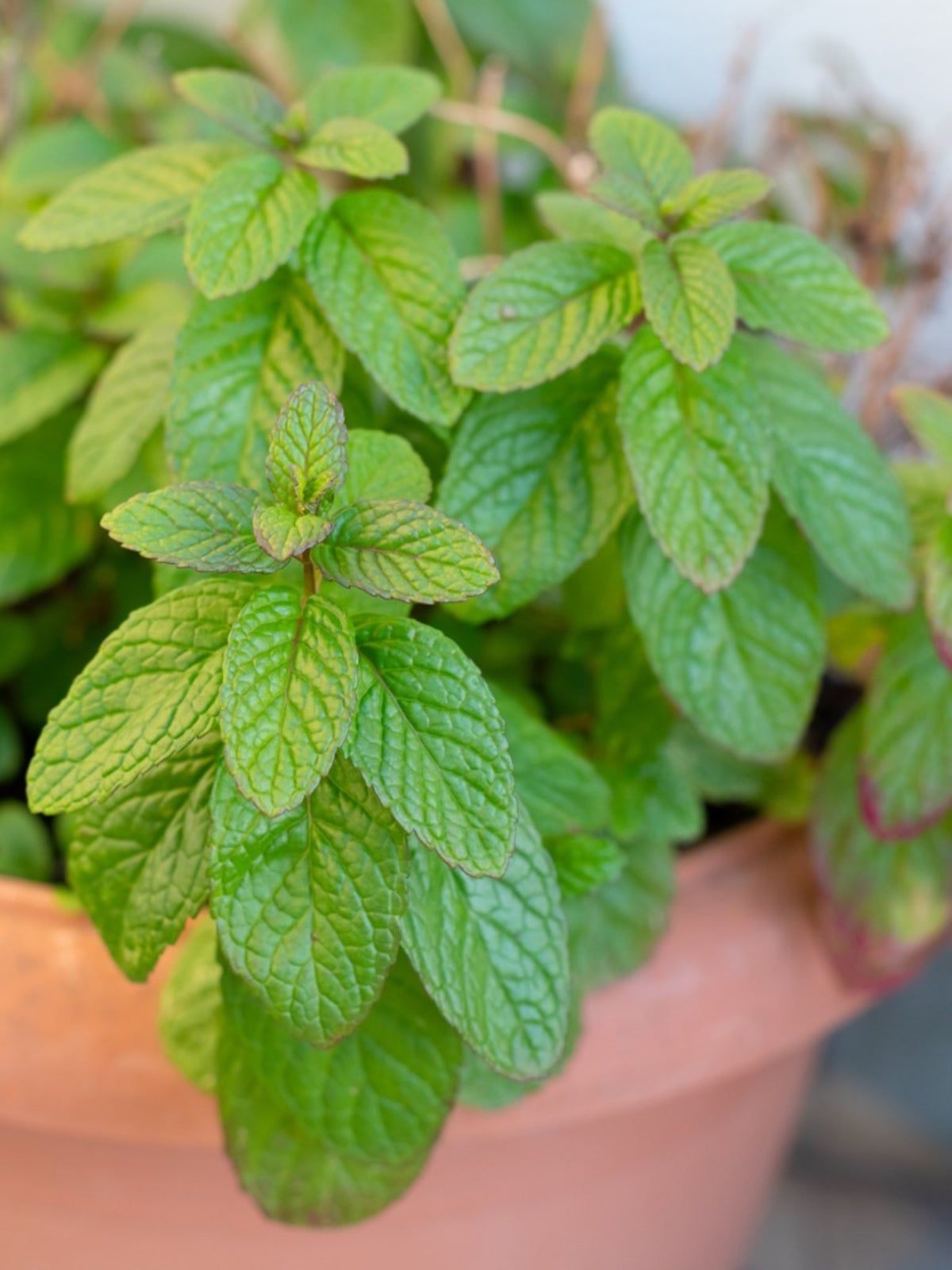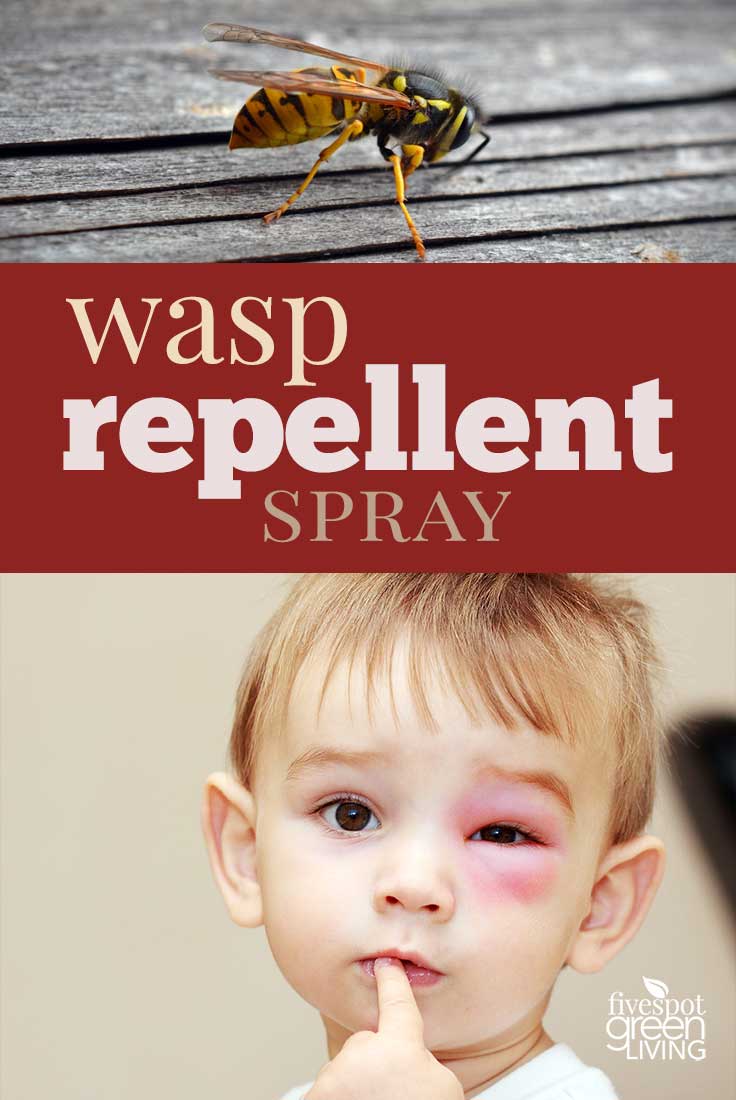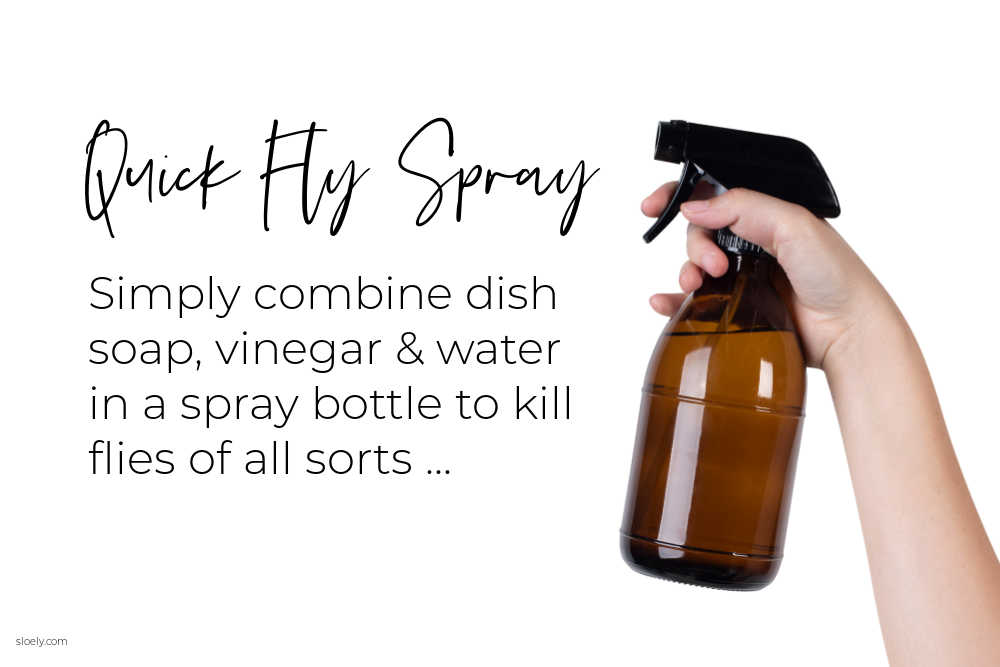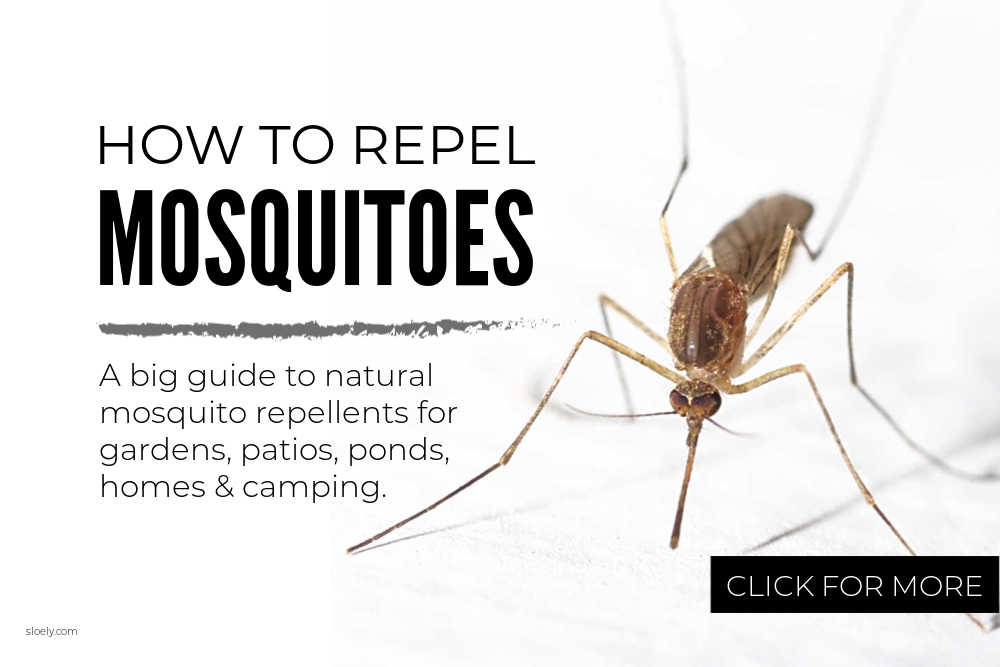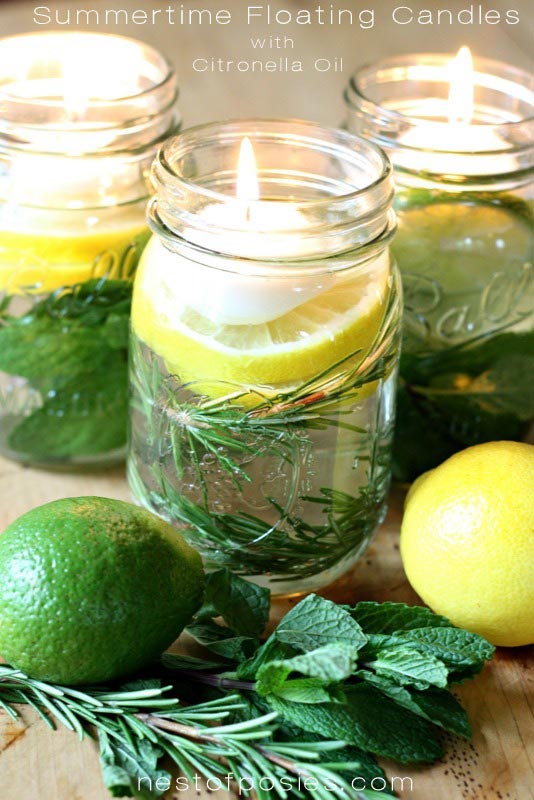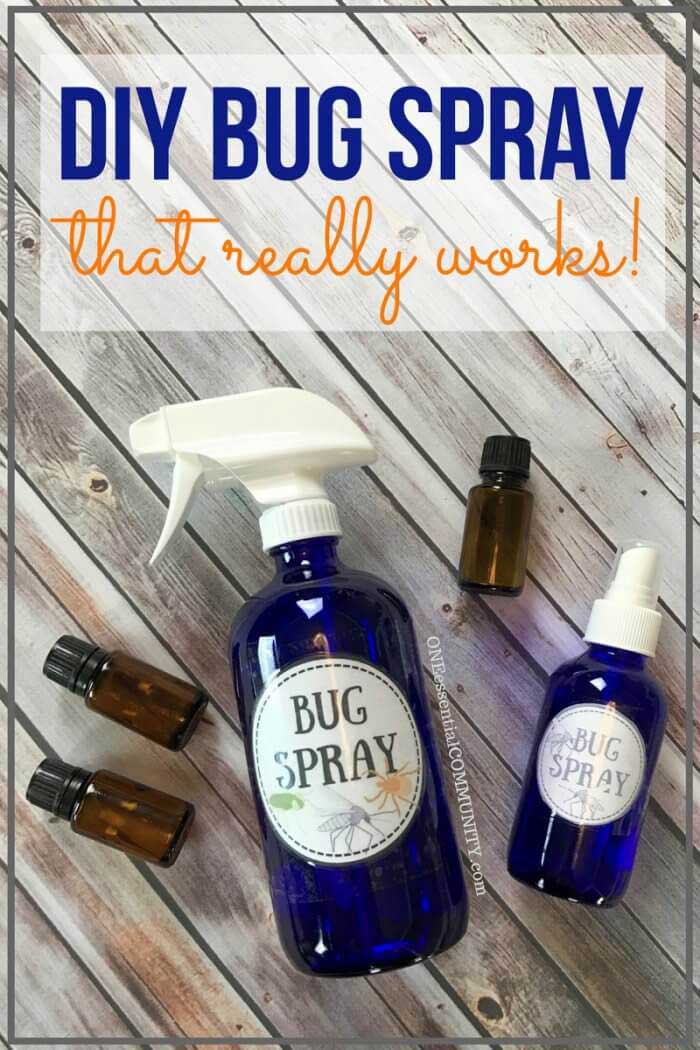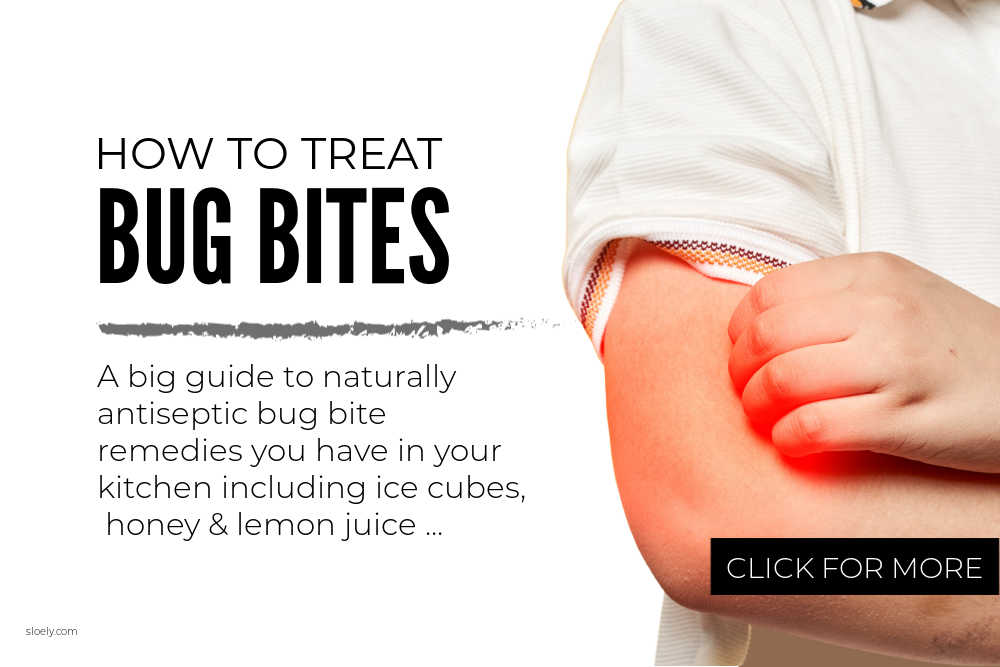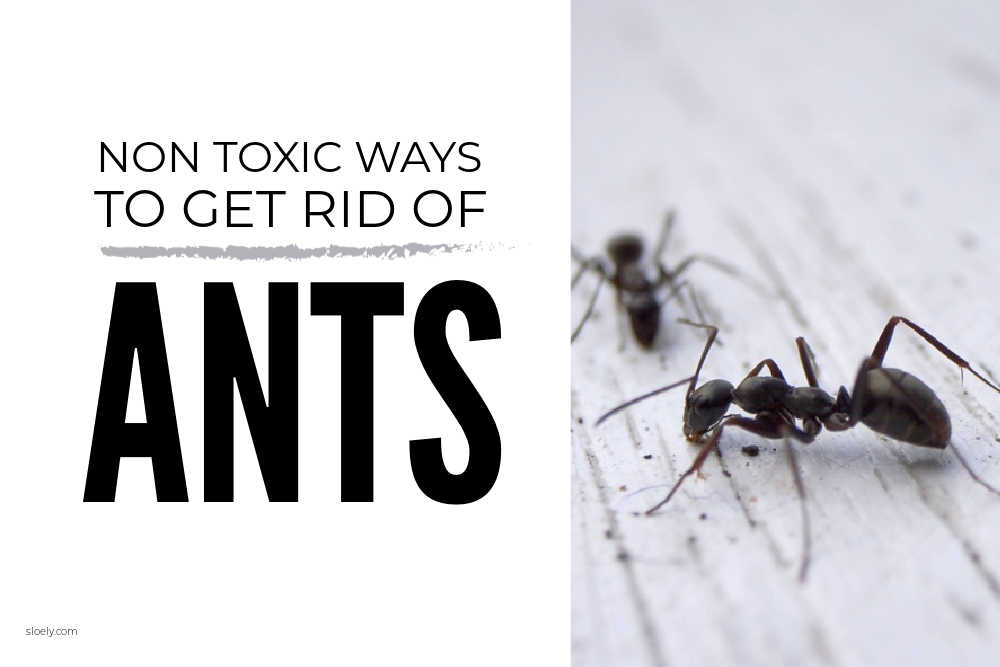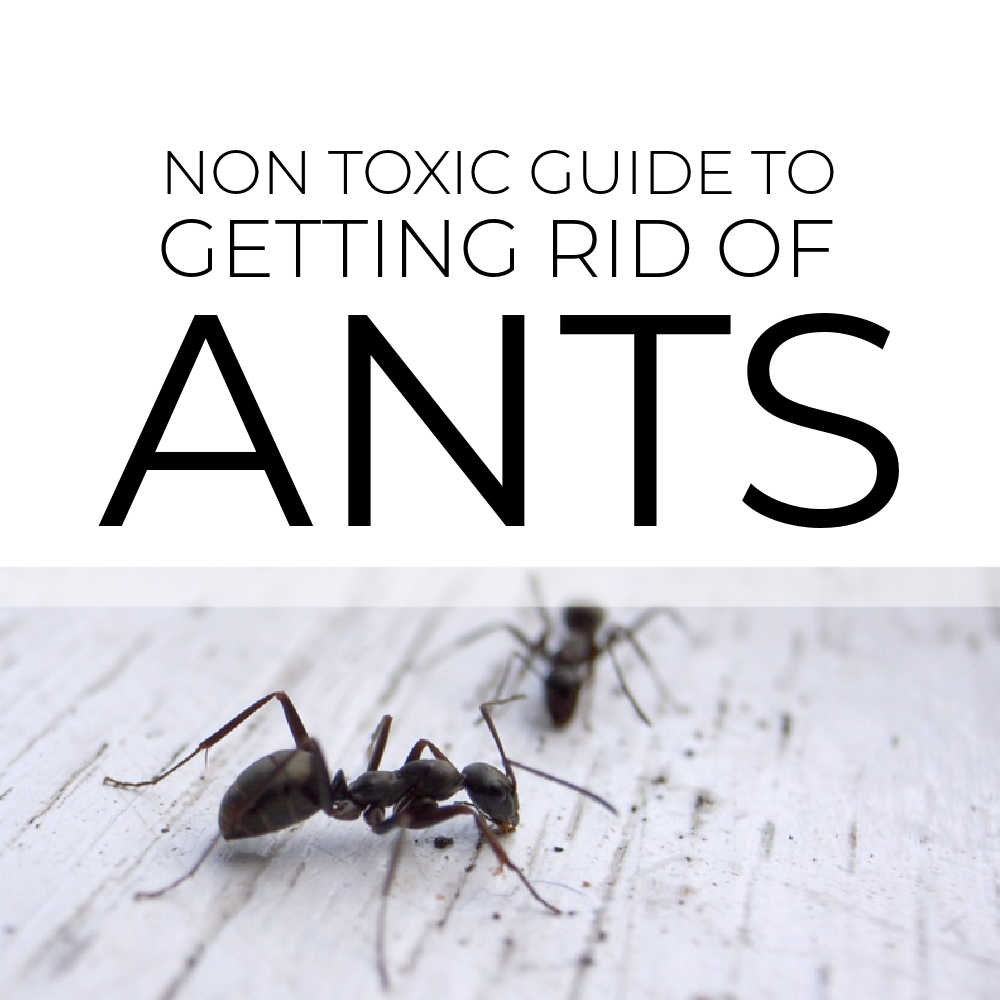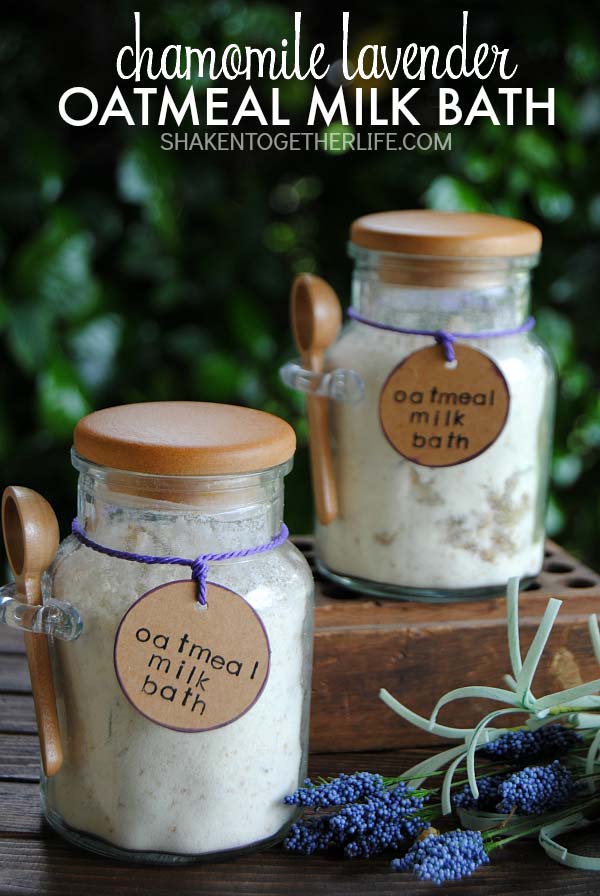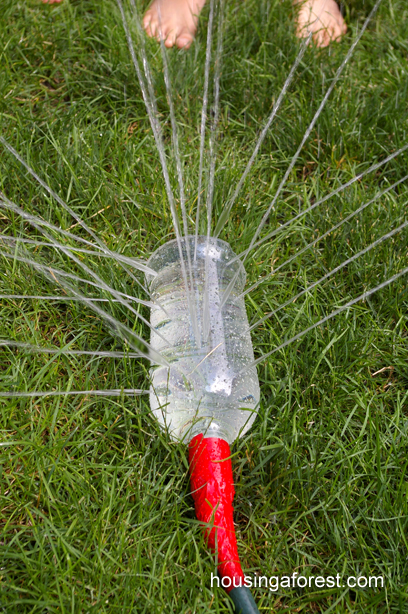Folliculitis is typically characterized by inflammation of the hair folliculitis bumps on the scalp where the pores become inflamed, leading to symptoms such as itching, redness and even hair curling inward. Although the danger level is relatively low, many women often feel uncomfortable and lose confidence due to the negative aesthetic effects of this condition. Many individuals are actively searching for solutions, from natural remedies to medications, in an effort to resolve folliculitis bumps on the scalp, but improvement remains difficult. Determining the root cause is paramount in treating this condition. In this article, we have collected all the necessary information. Let’s dive in and explore.

WHAT CAUSES FOLLICULITIS
Folliculitis arises from inflammation of the hair follicle and various factors contribute to its development. One major cause is bacterial infection, usually caused by Staphylococcus aureus. This type of bacteria is common on the skin and can penetrate hair follicles, causing inflammation and typical symptoms of folliculitis.
Additionally, like razor bumps, fungal infections can lead to folliculitis, with yeast or mold being common culprits. Using hot tubs or swimming pools, where these microorganisms thrive, may increase the risk of developing fungal folliculitis.
Furthermore, mechanical factors play a role in folliculitis. Friction from tight clothing, especially in areas with coarse hair, can cause irritation and contribute to folliculitis. Shaving, especially with a dull razor or with improper technique, can lead to small cuts and allow bacteria or fungi to enter. Excessive sweating, which can create a favorable environment for bacteria to grow, is another factor that can worsen folliculitis.
SYMPTOMS AND IMAGES OF FOLLICULITIS
The symptoms of folliculitis can vary depending on the severity and underlying cause. When folliculitis affects the scalp, it presents with specific signs that may include redness, swelling, and the formation of small, pus-filled bumps or pustules. These pustules can be itchy or painful and may cluster together, giving the affected area a bumpy appearance.
In addition to the visible symptoms, individuals with folliculitis in the scalp may also experience tenderness or soreness in the affected areas. The condition can lead to hair loss in some cases, as the inflammation disrupts the normal growth cycle of the hair follicles. It’s essential to note that folliculitis in the scalp can be caused by various factors, including bacterial, fungal, or viral infections.
When examining images of folliculitis in the scalp, healthcare professionals look for these characteristic features to aid in diagnosis. Visual representations often show red, inflamed follicles and may reveal the presence of pustules. The images help healthcare providers distinguish folliculitis from other skin conditions and determine the appropriate course of treatment.

HOW TO TREAT FOLLICULITIS
HOME REMEDIES
DO A SOAP WASH
Wash the affected area with warm water and soap two times each day. Dry gently with a clean towel, and don’t share your towel with others. Make sure to use hot water and soap when washing clothes or towels that have touched the red bumps.
USE A WARM COMPRESS
A warm, wet cloth can make the red and painful area feel better. Use a new or very clean washcloth. You can either boil a soft cotton cloth or wash it in warm water and soap to make sure it’s clean.
TRY ALOE VERA
Aloe vera gel can make your skin heal faster. It’s cool and can help with itching, redness, and swelling. Aloe vera gel might also stop some kinds of bacteria that can cause infection. Find aloe vera gel without extra smells or chemicals. Put the aloe vera gel on your skin after washing it with soap and water.
AVOID SHAVING
Certain types of folliculitis, such as barber’s itch, can happen after you shave your skin. This can occur when shaving your face, head, or body. Shaving might bother the skin and open up the hair follicles, making it easier for infections to happen.
It’s better not to shave until the folliculitis is gone. When you decide to shave, make sure to use clean and sharp blades every time. Clean the area with warm, soapy water before and after shaving.
STOP WAXING
Some ways of removing hair, like waxing, can open up the hair follicle too much. This might cause problems like ingrown hair and skin infections, such as folliculitis.
If you have folliculitis, it’s better not to wax that area. Instead, you can try different ways to remove hair, like using depilatory creams.
TRY ESSENTIAL OILS
Studies in medicine tell us that certain oils from plants can fight bacteria and fungi. These oils might help with the germs that cause folliculitis.
Remember, you shouldn’t put these oils directly on your skin. Mix a few drops of the plant oil with another oil or a moisturizing cream. These oils are strong, so using them a lot or without diluting them can make your skin irritated.
Some oils that might be useful for treating skin infections like folliculitis include:
- cinnamon oil
- lemon oil
- clove oil
- tea tree oil
- chamomile oil
- eucalyptus oil
WEAR LOOSE, DRY CLOTHING
Folliculitis can happen when your clothes irritate your skin or when your skin rubs together. To prevent this, don’t wear tight things like yoga pants, tights, or leggings.
Avoid outfits that let your thighs rub against each other. You can wear shorts under a dress or skirt. For your underarms, use longer sleeve T-shirts and dresses to cover the skin.
Wet skin is more likely to get an infection. So, wear loose and breathable clothes, or ones that take away moisture. If you’re sweaty or wearing wet clothes, make sure to dry off and change right away.
MEDICATIONS
There are different ways to treat bacterial infections, like using lotions, gels, or pills. If the infection is not too severe, your doctor might give you an antibiotic lotion or gel. But if it’s more serious or keeps coming back, you might need pills that fight the infection from inside your body.
Fungal infections need different treatments, like creams, shampoos, or pills that fight against yeast. Antibiotics, the ones that work for bacteria, don’t help with this kind of folliculitis.
In some cases, you might need something to calm down the inflammation. If you have a mild kind of eosinophilic folliculitis, your doctor might suggest a special cream with steroids to help with itching. If you also have HIV/AIDS, using antiretroviral therapy might make your eosinophilic folliculitis symptoms get better.
OTHER INTERVENTIONS
Small surgery: If you have a big, painful bump or a bunch of them, your doctor might do a minor surgery. They’ll make a small cut to let out the goo inside, which can help with pain, make you heal faster, and reduce the chance of scars. After that, they might cover the spot with a clean cloth to soak up any leaking goo.
Laser hair removal: For a condition called pseudofolliculitis barbae, your doctor might suggest using lasers to remove hair, especially if other treatments haven’t worked. This kind of treatment needs multiple visits to the doctor’s office.
WHEN TO SEE A DOCTOR
Folliculitis can be serious sometimes, and you might need special medical help. Your doctor might give you strong medicines like prescription antibiotics or creams with steroids. In rare cases, you might even need surgery.
If you notice any signs of severe folliculitis, it’s important to see your doctor right away. Look out for things like whitehead pimples, pus or ooze from the skin, crusty sores, swelling, a big bump, hair loss, or scars. If you’ve been using a cream called hydrocortisone for itching, and it doesn’t get better after 2 weeks, talk to your doctor or a skin specialist (dermatologist). They can help figure out the best way to make your skin feel better.
FAQ
1. Can folliculitis go away on its own?
Yes. Folliculitis is typically not a big issue and often goes away by itself without needing treatment.
2. Should you moisturize folliculitis?
Yes, it’s generally advisable to moisturize folliculitis-affected areas gently.
3. How long will folliculitis last?
Many show improvement within a span of 7 to 10 days.
CONCLUSION
In conclusion, tackling folliculitis involves a holistic approach that considers its various causes and effective treatments. Whether triggered by infections, friction, or other factors, addressing the underlying issues is vital. When it comes to folliculitis in the scalp, maintaining good scalp hygiene, using appropriate treatments, and avoiding potential irritants play key roles in managing and preventing this condition.

